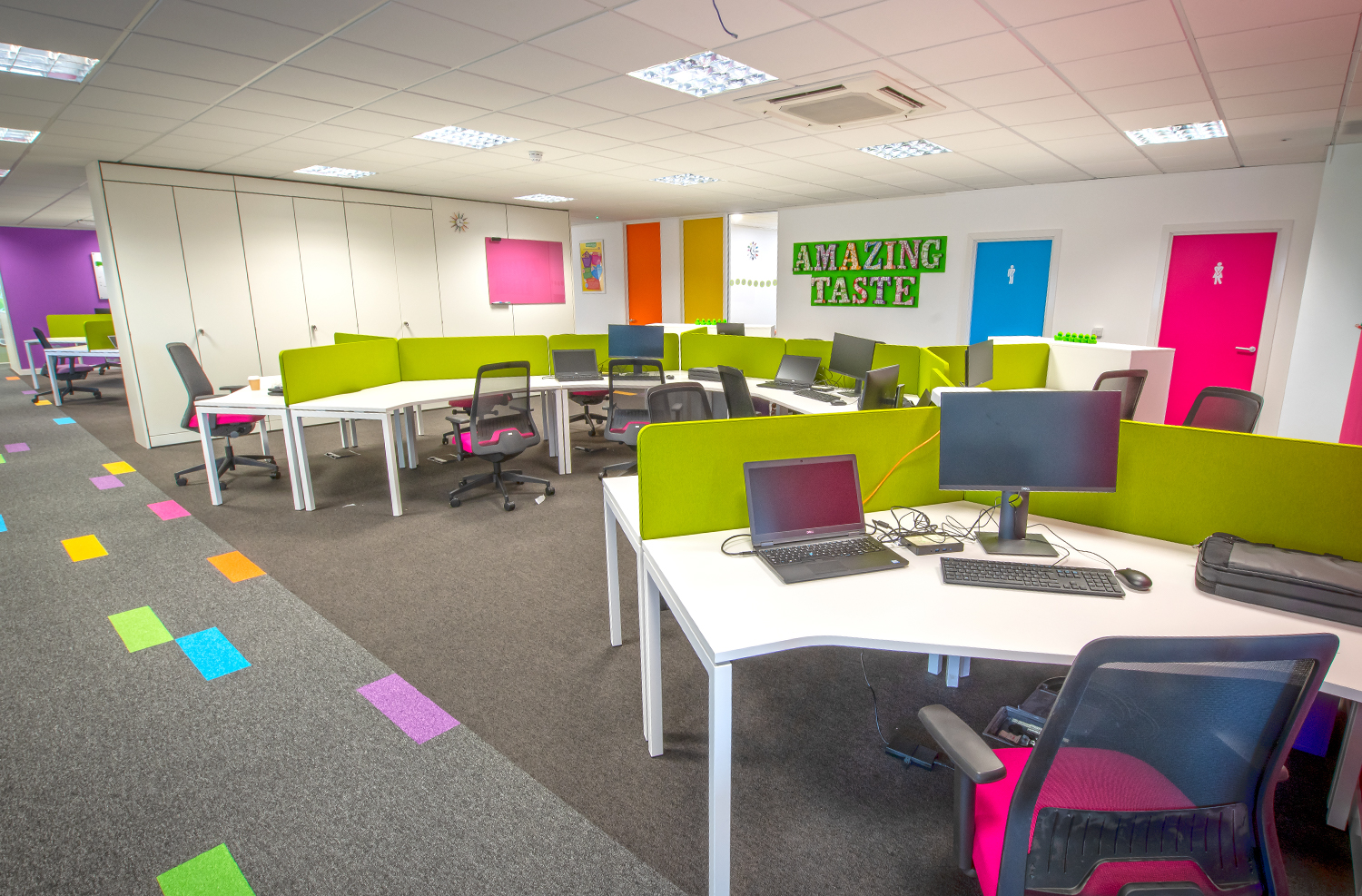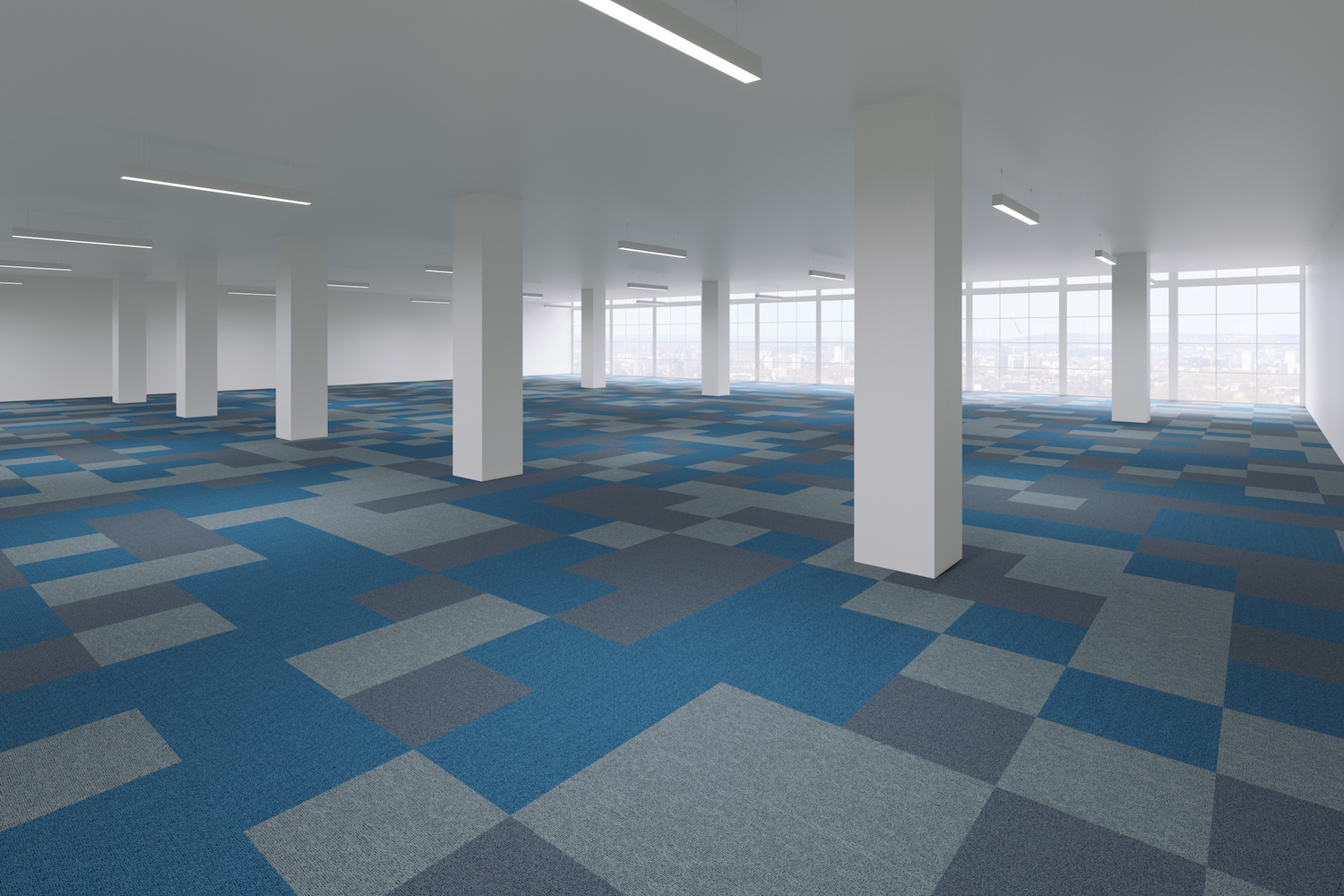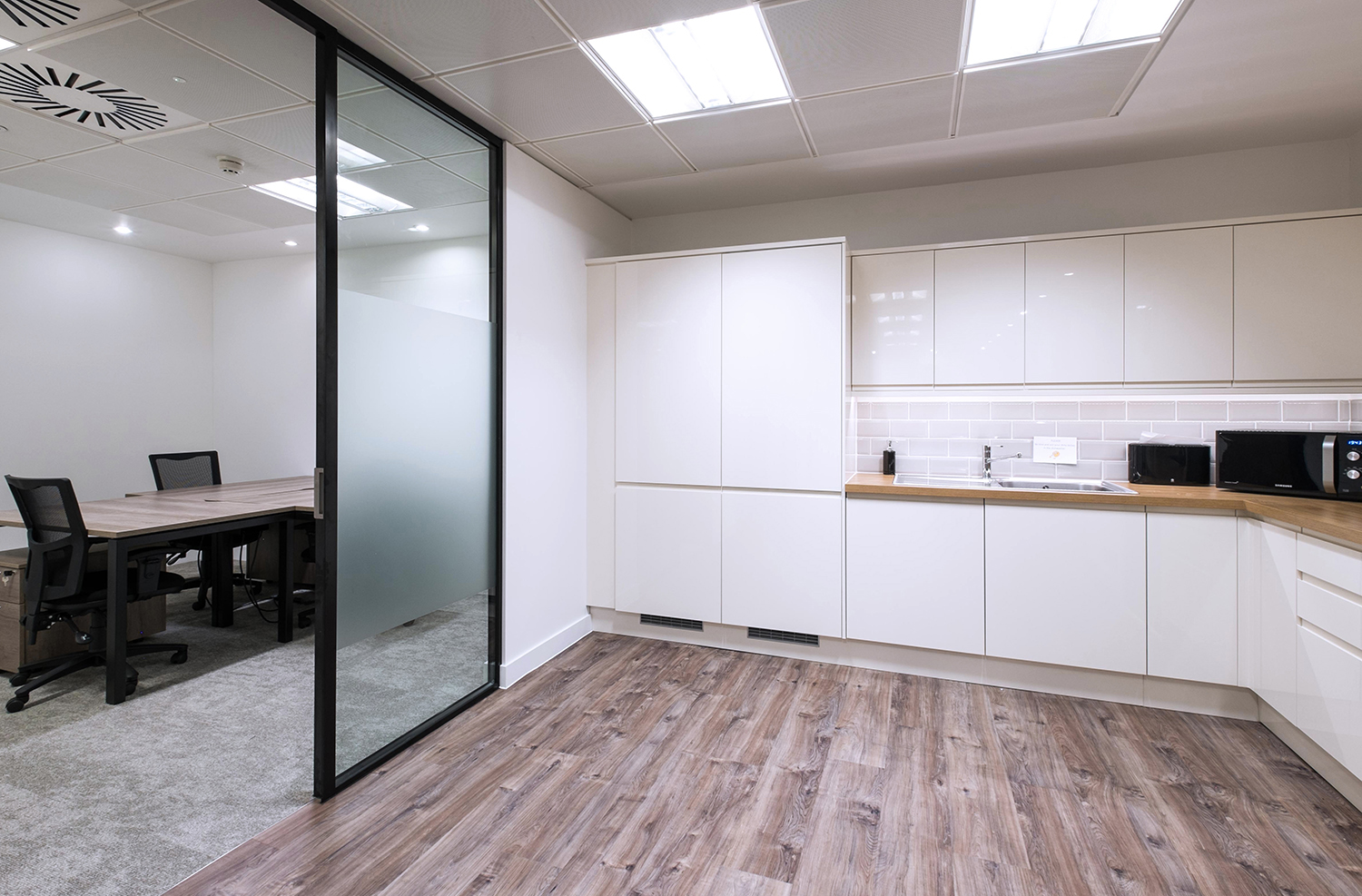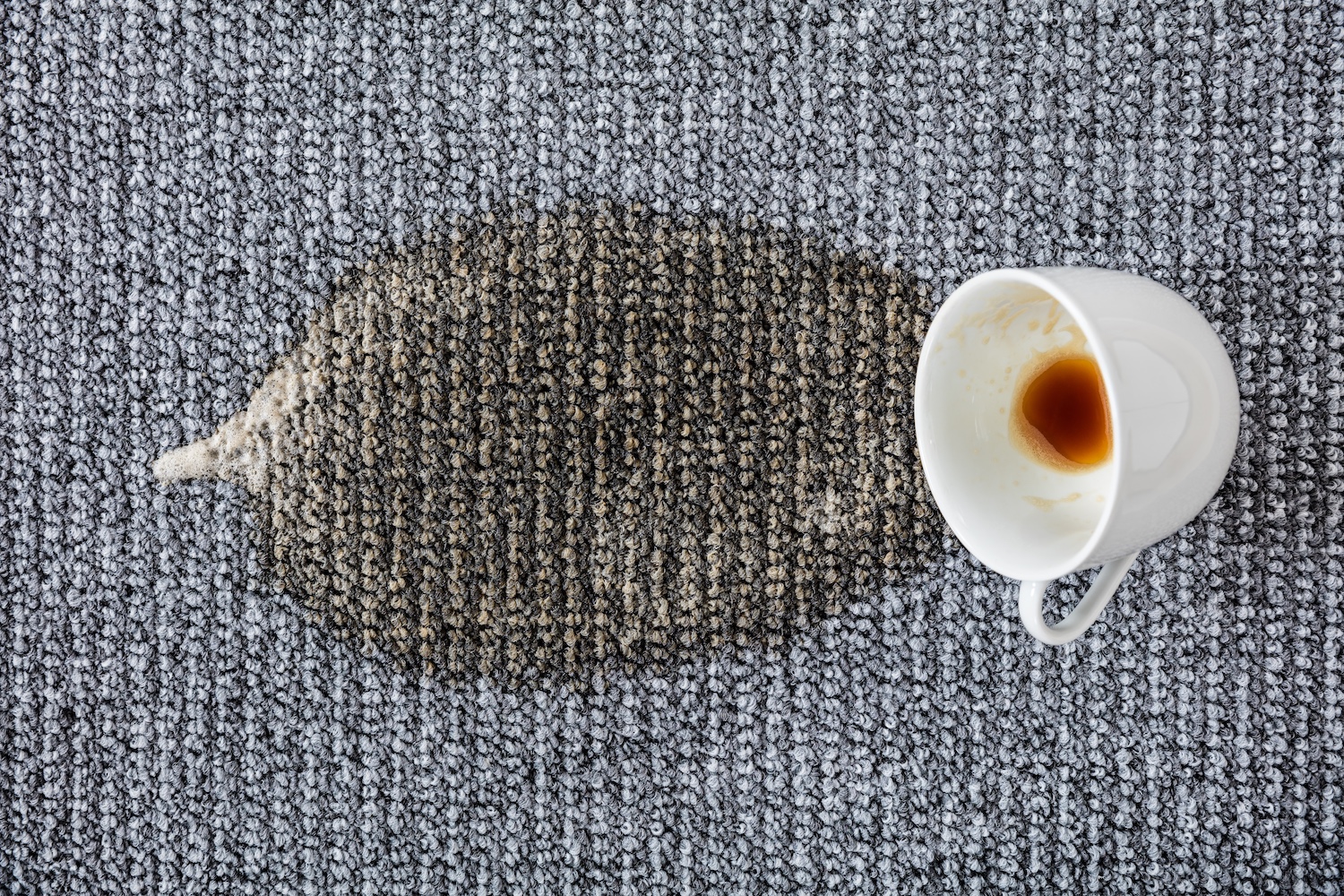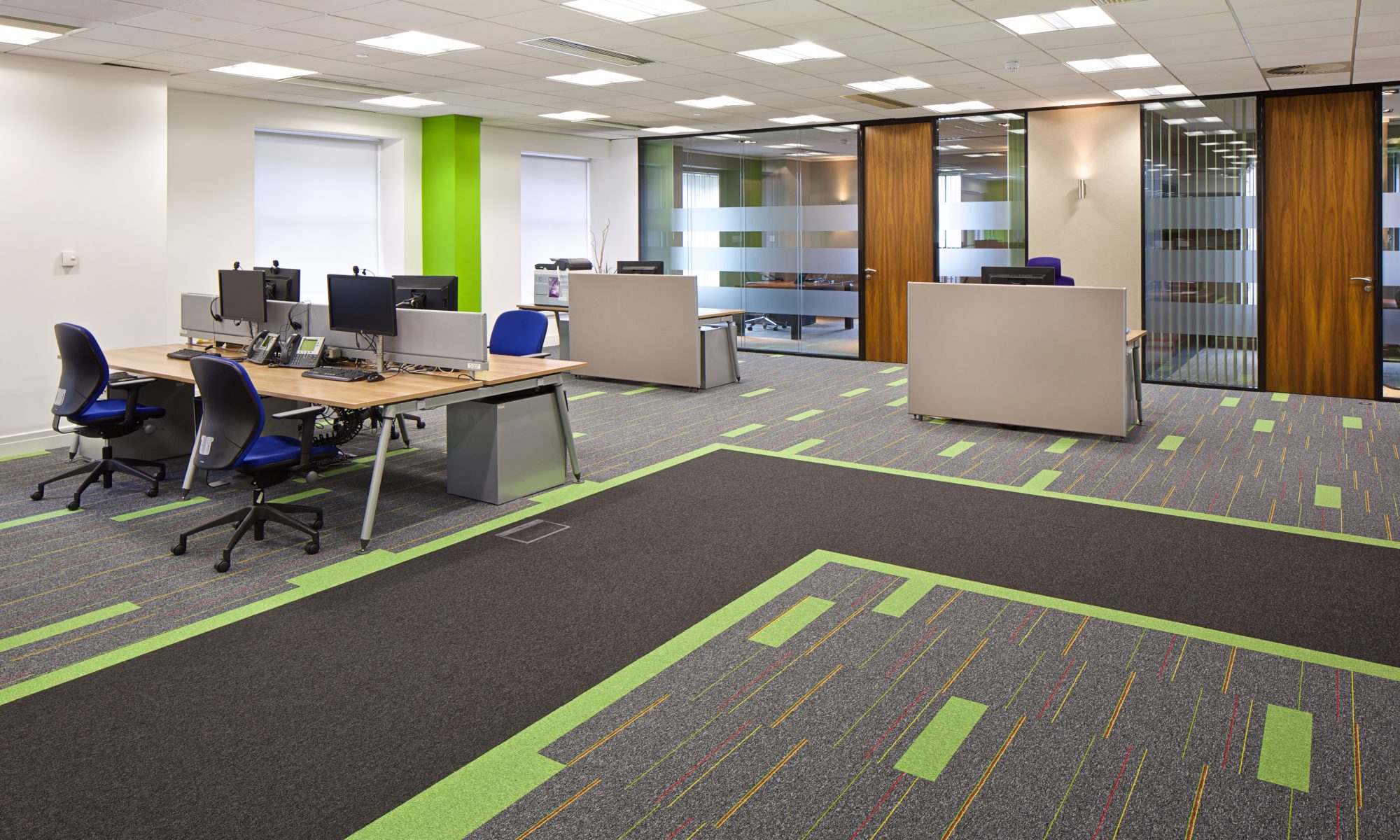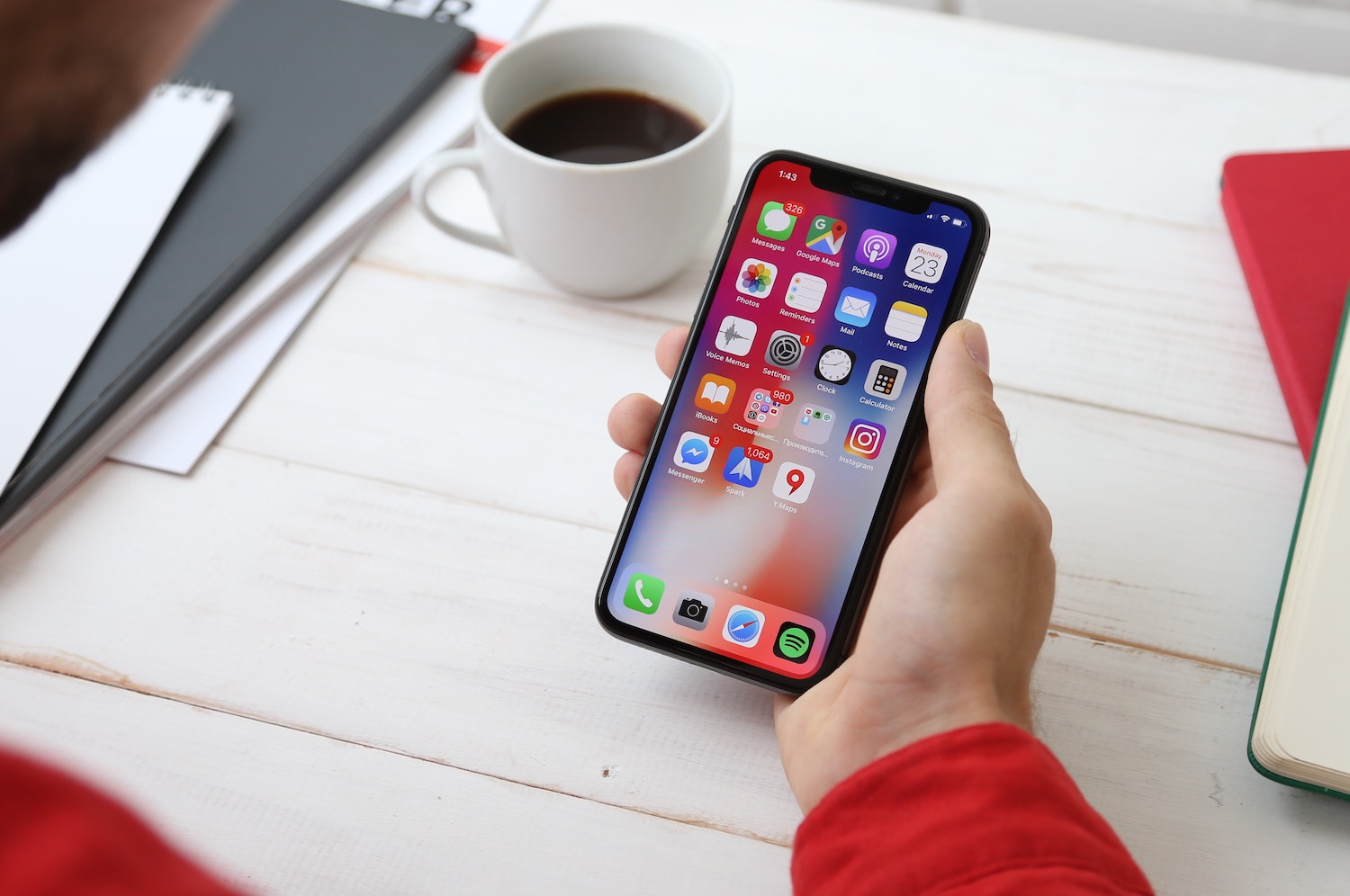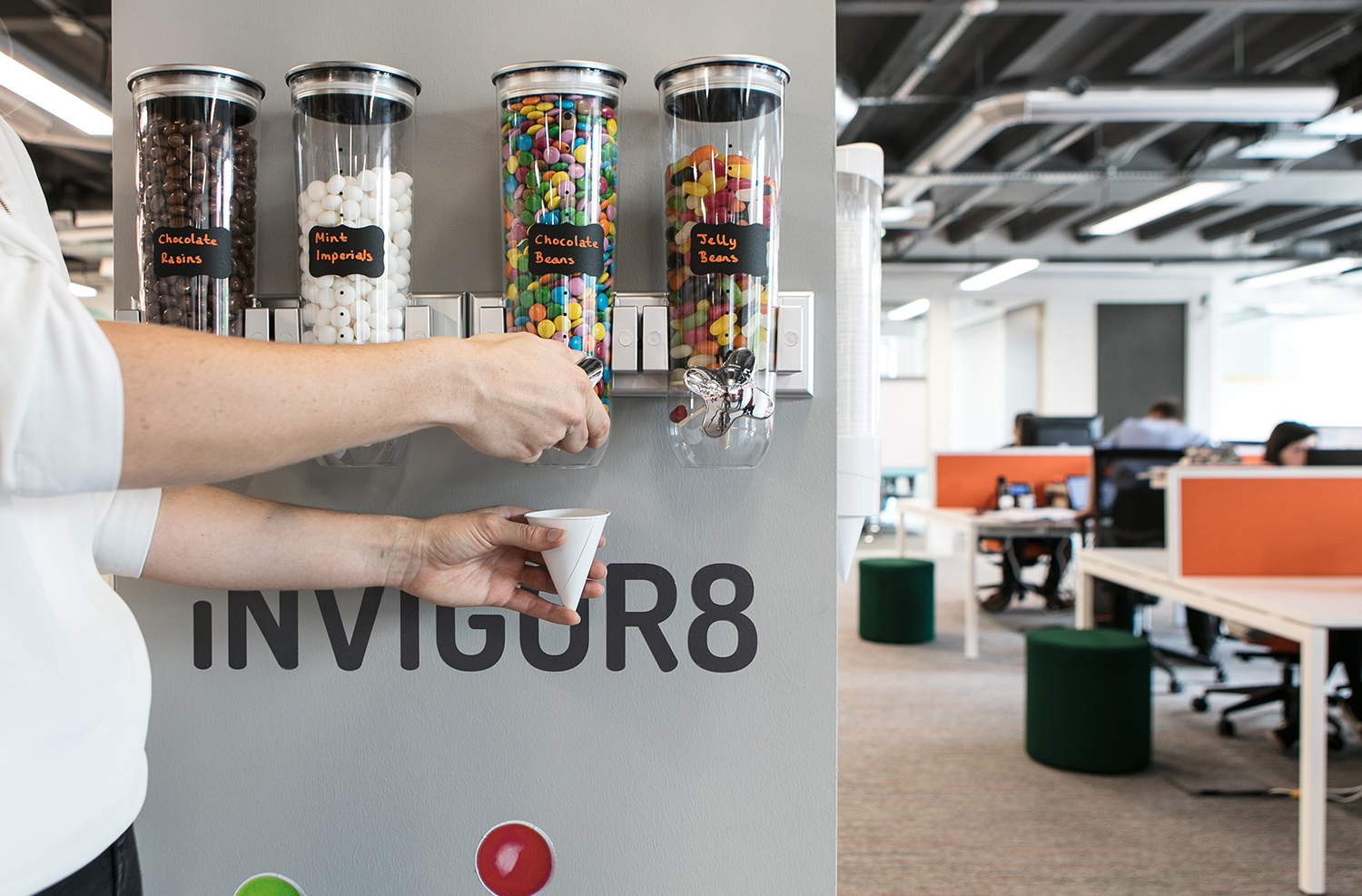Ideas on how to make carpet tiles work harder
We consider ways companies can make carpet tiles work harder and create additional benefits beyond those associated with a good floor covering.
Despite the potential for brilliant versatility and depth of impact, carpeting is an often tragically overlooked component of interior design. At most, it will be used as merely a complement to larger pieces, such as furniture or signage.
But the potential for achieving great designs with carpet tiles are nearly limitless, providing a little imagination is employed. From using carpet choices to reflect the themes of your company’s brand to using them to highlight the different uses of your office space, we consider how carpet tiles can be used to lift an office out of the mundane, and help it stand out from the competition.
1: Mapping out space
One of the simplest ways carpeting can be used to bring life into your office space is by incorporating it into the space’s layout and features. Most offices are built in a very similar way; reception areas featuring waiting rooms with tables and chairs, side doors or diverging paths that lead through into open areas for desks and workspaces, and far walls are occupied by individual offices or conference rooms.
Bring flair to this layout by placing carpet tiles as a means of floor definition; Hexxtile’s hexagonal flooring tiles, with its wide variety of distinctive colours, can be used to draw the eye to chairs at the centre of a waiting room. Brighter, more vividly coloured tiles, such as the 2529 Hexxtile Jet Engine, underneath and in the immediate area of focal furnishings, like a sofa, could be contrasted by darker tiles at the perimeter, like the 2524 Hexxtile Night Sky. Their geometric design, with its harsh angles, would serve to highlight this further.
Designated collaborative workspaces can be marked more clearly through the use of flooring effects which also allow their characteristics to be more clearly defined; the Freedom Bark pattern, with its delicate tweed aesthetic, could be used to great effect when highlighting an area designated for creative thinking, where co-workers can meet and brainstorm ideas.
Carpet tiles can used as a way-finding device in a business, naturally leading employees to different areas and making them more inviting.
Having different pile weights and structure of tiles helps create different environments within a single office environment, this can include a more ‘resimercial‘ area for relaxing or informal meetings.
2: Push the brand
Companies rise and fall based on the strength of their marketing campaigns. Customers need to have the brand firmly etched in their mind from the moment they walk through the door, so touches of it should be seen everywhere they look. The colour, size and shape of commercial carpet tiling can be chosen to suit key elements of a brand’s theme.
One approach, we have previously suggested to interior designers is that when designing flooring for a client, you imagine yourself as a client taking a visitor on a tour of the business. The brand cues should be strategically placed where they would impact the most on the tour.
